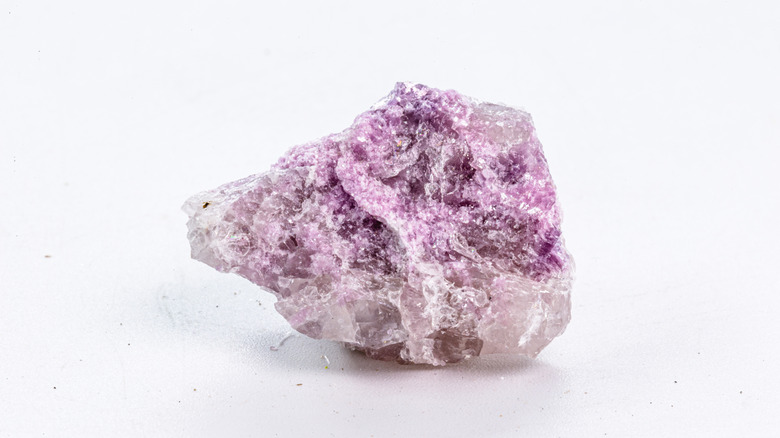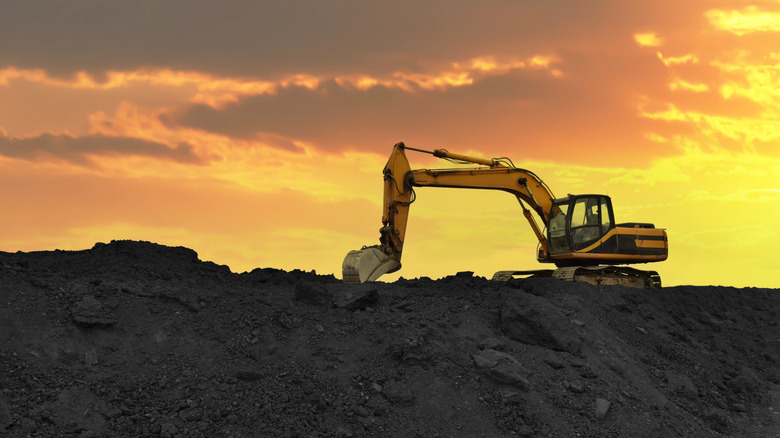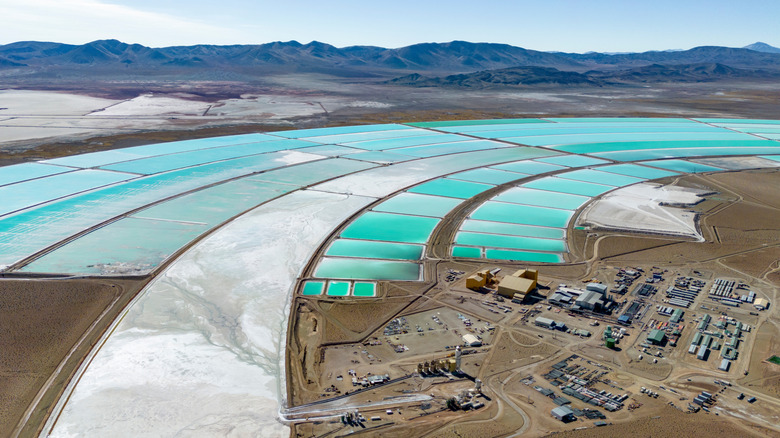
The discovery of a vast metal deposit in the U.S. recently garnered attention, with geological surveys estimating the find to hold an extractable mass of 20 to 40 million metric tons. Even more astonishing is the projected value of the deposit, with some estimates placing its worth at $1.5 trillion. However, the prospectors did not strike gold — they struck lithium.
Although the $1.5 trillion figure is questionable, lithium is undoubtedly a highly valued resource. The metal has become highly sought after in recent decades due to the rise of the lithium-ion battery. Lighter and with higher capacity than traditional acid batteries, lithium batteries are present in smartphones, laptops, electric vehicles, and renewable energy storage solutions for city electrical grids. Lithium is also used in other applications, such as building materials like ceramics and glass. According to the World Nuclear Organization, approximately 75% of all lithium mined globally is utilized in batteries. Even more telling, that proportion is rising rapidly. In 2016, that figure was 40%, and experts anticipate it will climb to 90% in the future.
While the demand for lithium has increased, the supply isn’t expected to decline. Global reserves of extractable lithium are considered “relatively abundant” by U.S. geological surveys. If the global lithium supply were ever to be depleted, it would likely result from other scenarios, such as supply chain disruptions, environmental mandates, or severed international trade agreements. Therefore, because the price of lithium depends more on demand than supply, two primary factors drive up its value: the massive mining companies that set its sales price and the associated production costs. Adding to this are the challenges surrounding lithium recycling, highlighting how a vein of lithium ore in the Northwest U.S. can command a significant price tag.
How a few countries determine the price of lithium

Lithium may be regarded as “relatively abundant,” but that doesn’t imply its presence everywhere. Only a few countries are responsible for producing the bulk of the world’s supply. Operating within those countries, only a handful of large companies possess the mining rights to produce lithium on a large scale. As expected, these companies wield considerable influence over the price.
The top five lithium-producing countries account for over half of the global supply. The rankings fluctuate annually as countries strive to meet demand, but the leading positions are typically held by Australia, Chile, China, Zimbabwe, and Argentina. Brazil, Canada, the United States, and Portugal also contribute significantly to the global lithium supply. Beyond these top producers, the rest of the world produces a marginal amount of lithium. Yet, while major lithium sources are restricted to fewer than a dozen countries, the demand for lithium is global. As a consequence, the balance between supply and demand is heavily affected by inflation and currency fluctuations, as the lithium supply chain frequently spans multiple international borders. This is where pricing strategies come into play.
The largest lithium companies coordinate pricing strategies to maintain control over prices amid market fluctuations. In essence, large companies with substantial government contracts determine the maximum price they can charge for their product without losing customers while also considering production costs. It’s not quite the same market manipulation as seen in the diamond industry, where supply is withheld to create artificial scarcity and inflate value. Still, the lithium market is dominated and controlled by just a few huge companies.
The production costs of lithium extraction

While the sale price of lithium is market-driven, the production cost is determined by the expenses involved in its extraction. There are two primary methods of lithium mining: salt-flat brines and hard rock mining. Approximately 80% of all lithium is extracted through salt-flat brines. This method is preferred in flat desert regions, such as those in Argentina, Bolivia, and Brazil, where underground aquifers contain dissolved lithium salts. The saltwater is pumped from the ground into pools and left to evaporate under the sun. Once a significant portion of the water has evaporated, the remaining concentrated brine solution is further processed to extract lithium. The next most common method of lithium extraction is hard rock mining. Lithium mines vary from open-pit to underground tunnels, but the fundamental method remains the same. Rocks are extracted from the earth, broken into chunks, and transported for further processing.
Salt-flat brines are considerably cheaper than hard rock mines. Hard rock mining requires sophisticated equipment and numerous human operators to extract and transport the rock, while salt-flat brines require fewer operators and equipment. Processing is also more cost-effective, as a significant part of refining brine is accomplished using sunlight. Estimates vary, but some sources place brine-based production costs at around $4,000 to $6,000 per metric ton, and hard rock mining at around $8,000 per metric ton. Given the fluctuating sales price of lithium, which has recently hovered around $9,000 per metric ton, production costs constitute a substantial portion of lithium prices.
Unfortunately, the cost of lithium production isn’t straightforward. The environmental impact from mining has ecological costs that are often overlooked and unpaid. As expected, such negative externalities are not factored into lithium’s price.





